On July 15, Circular 33 officially took effect; Germany increased imports of pangasius from Vietnam; the export value of pellets increased 34 times in 10 years... are the highlights in the export news on July 10-14.
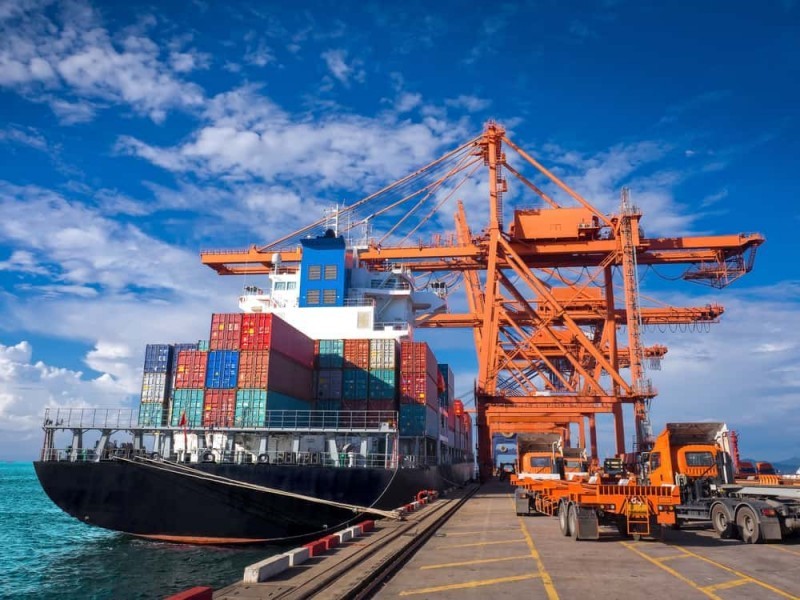 |
Circular No. 33 stipulates that before carrying out customs procedures for export and import shipments, organizations and individuals who request to determine the origin of goods in advance must submit a set of application documents. Illustrative photo. (Source: Customs Newspaper)
From July 15, Circular 33 officially takes effect.
From tomorrow (July 15), Circular 33 of the Ministry of Finance regulating the determination of origin of exported and imported goods will officially take effect, with many new points. Accordingly, Circular 33 stipulates that before carrying out customs procedures for export and import shipments, organizations and individuals requesting to determine the origin of goods in advance must submit a set of application documents. The application documents for determining the origin in advance include: 1 original copy of the Application for determining the origin of exported and imported goods in advance; 1 copy of the Production Cost Declaration and the Origin Declaration of the domestic manufacturer or supplier of raw materials in case the raw materials and supplies are used for a subsequent stage to produce another product; 1 copy of the production process or Certificate of Analysis (if any); 1 copy of the Catalogue or image of the product. Organizations and individuals shall submit the above-mentioned application for prior determination of origin to the General Department of Customs within the time limit prescribed in Decree No. 59/2018/ND-CP amending and supplementing Decree No. 08/2015/ND-CP detailing and implementing measures for the Law on Customs on customs procedures, inspection, supervision and control. The General Department of Customs shall receive, examine the application and carry out the procedure for prior determination of origin of exported and imported goods according to the provisions of Article 28 of the Law on Customs and Clause 11, Article 1 of Decree No. 59/2018/ND-CP. Regarding the inspection and determination of origin of exported goods during customs clearance, the Customs Sub-Department where the customs declaration is registered shall inspect and determine the origin of exported goods based on the inspection of the declaration of the customs declarant, the notification of the results of the pre-determination of origin of exported goods (if any), documents in the customs dossier, the results of the actual inspection of goods (if any) and handle as follows: In case the inspection result is consistent with the declaration of the customs declarant on the customs declaration, the origin of the goods shall be accepted; In case the Customs Sub-Department has sufficient grounds to determine that the origin of the goods is not consistent with the declaration of the customs declarant on the customs declaration, it shall handle according to regulations and request the customs declarant to make additional declarations according to the provisions of Circular No. 39/2018/TT-BTC; In case the Customs Sub-Department where the customs declaration is registered has grounds to suspect the origin of exported goods or has warning information about origin fraud or illegal transshipment, the following shall be done: Conduct physical inspection of goods according to the method and level decided by the Head of the Customs Sub-Department; Request the customs declarant to submit a copy of one of the following documents within 10 days to prove the origin of exported goods: Certificate of origin of goods (if any); in case of applying the "Percentage of value" origin criterion, submit invoices and documents for purchase and sale of raw materials and supplies; production process. While waiting for the results of inspection and verification of origin, exported goods shall undergo customs procedures and customs clearance according to regulations. Circular No. 33/2023/TT-BTC takes effect from July 15, 2023.Germany increases pangasius imports from Vietnam
According to the Vietnam Association of Seafood Exporters and Producers, as of the first half of June 2023, Vietnam's pangasius exports to Germany continued to record positive growth while most major markets decreased by 3% - 61%. Germany is one of the few markets that maintained double-digit positive growth in Vietnamese pangasius imports in the first months of 2023. From the beginning of the year to June 15, 2023, the export value of pangasius to Germany reached more than 17 million USD, up 53% over the same period last year and accounting for 2.1% of the total export value of Vietnamese pangasius to markets. In 2022, Germany was in the Top 2 largest import markets for Vietnamese pangasius in the EU after the Netherlands, accounting for 14% of the EU market with nearly 30 million USD, an increase of 169% compared to 2021. In June 2023, the inflation rate of Europe's largest economy dropped to 6.4%. Compared to May 2023, this figure increased slightly due to support measures implemented by the German Government such as reducing fuel taxes to offset rising energy costs after the Russia-Ukraine conflict broke out, or launching public transport tickets that have ended. Inflation also changed the seafood consumption trend of this country in the Eurozone. The challenges from the Russia-Ukraine conflict, the economic consequences, the weak global economic health, high energy prices and consumption, as well as the issue of energy supply security are the main reasons why German people change their consumption habits. Instead of consuming a lot of fresh/chilled seafood, German people increase their consumption of frozen seafood to save costs. Germany is one of the prominent markets in the EU that maintains a stable "performance" in importing Vietnamese pangasius. Expectations of inflation and inventories in Germany gradually decrease so that Vietnamese pangasius can maintain a positive growth rate when exported to this market in the last months of the year.Tablet export value increased 34 times in 10 years
Over the past 10 years (2013 - 2022), Vietnam's tablet export volume has increased 28 times and export value has increased 34 times.
The above information was provided in a report conducted by Forest Trends in collaboration with the Vietnam Timber and Forest Products Association and the Binh Dinh Timber and Forest Products Association. Accordingly, Vietnam has become the second largest producer and exporter of pellets in the world , after the US. In 2022, Vietnam exported 4.9 million tons of pellets, reaching a turnover of 0.79 billion USD. In the first 5 months of 2023, pellet exports reached 1.57 million tons, with a turnover of about 256.5 million USD. South Korea and Japan are the two largest importers of pellets from Vietnam. The volume and export turnover of this item to South Korea and Japan accounted for 97% of the total volume and export value from Vietnam to all markets in 2022.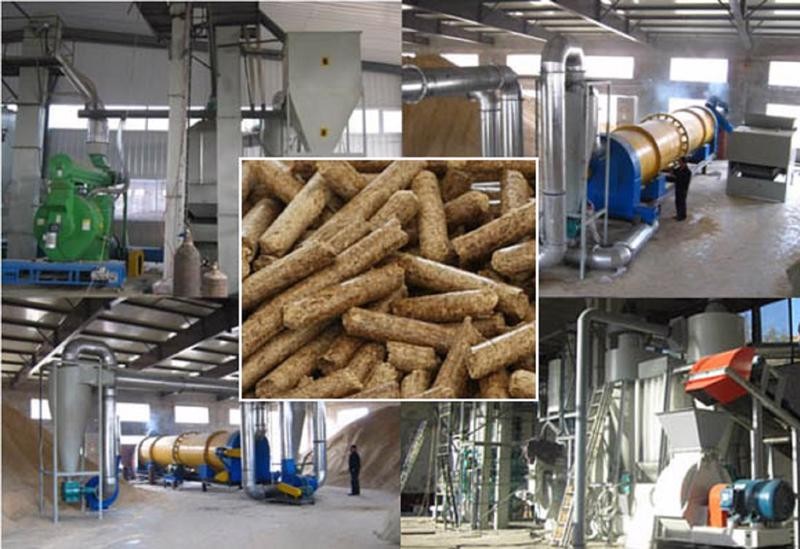 |
Over the past 10 years (2013-2022), Vietnam's pellet export volume has increased 28 times and export value has increased 34 times. (Source: Industry and Trade Newspaper)
In the first 6 months of 2023, the amount of pellets exported from Vietnam to Korea reached about 0.8 million tons. It is expected that by the end of 2023, the amount of pellets exported from Vietnam to this market will reach about 1-1.5 million tons. Vietnam is the main source of pellets for Korea (supplying 80% of the total market demand). The first months of 2023 witnessed very large price fluctuations for Vietnamese pellets exported to Korea. At the beginning of the year, the export price of pellets from Vietnam to Korea and Japan fluctuated around 140 USD/ton (FOB Vietnam), then increased sharply, reaching 180-190 USD/ton and then gradually decreased. In June 2023, the export price of pellets to Korea was only about 110 USD/ton while the export price to Japan was 145-165 USD/ton. This has forced some Vietnamese pellet enterprises, especially small enterprises without financial resources, to stop production. According to Forest Trends experts, the Japanese market is much more stable than that of Korea, with long-term orders (purchase-sale contracts are usually 10-15 years) currently exported at prices ranging from 145-165 USD/ton (FOB Vietnam). In addition to long-term contracts, some Japanese enterprises also have short-term contracts with some Vietnamese suppliers. To date, Vietnam has exported about 1 million tons of pellets to Japan. The entire amount of pellets exported to Japan requires FSC certification. Raw materials for pellets exported to Japan are from domestically planted forest wood, mainly from acacia trees.

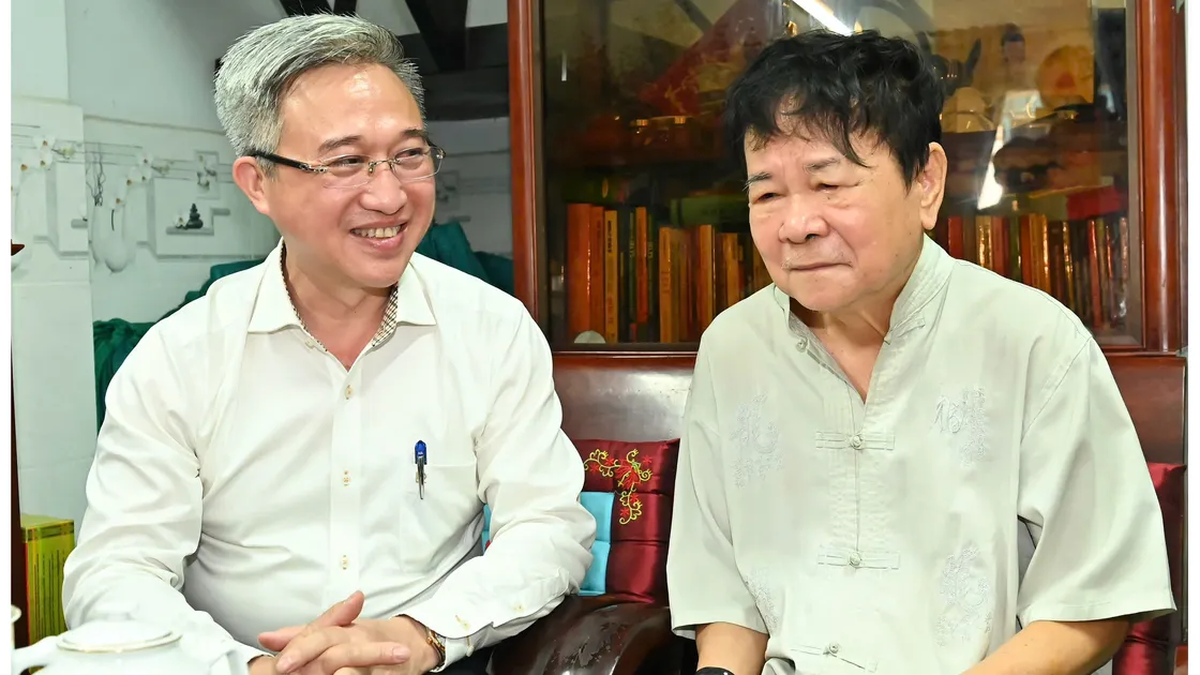



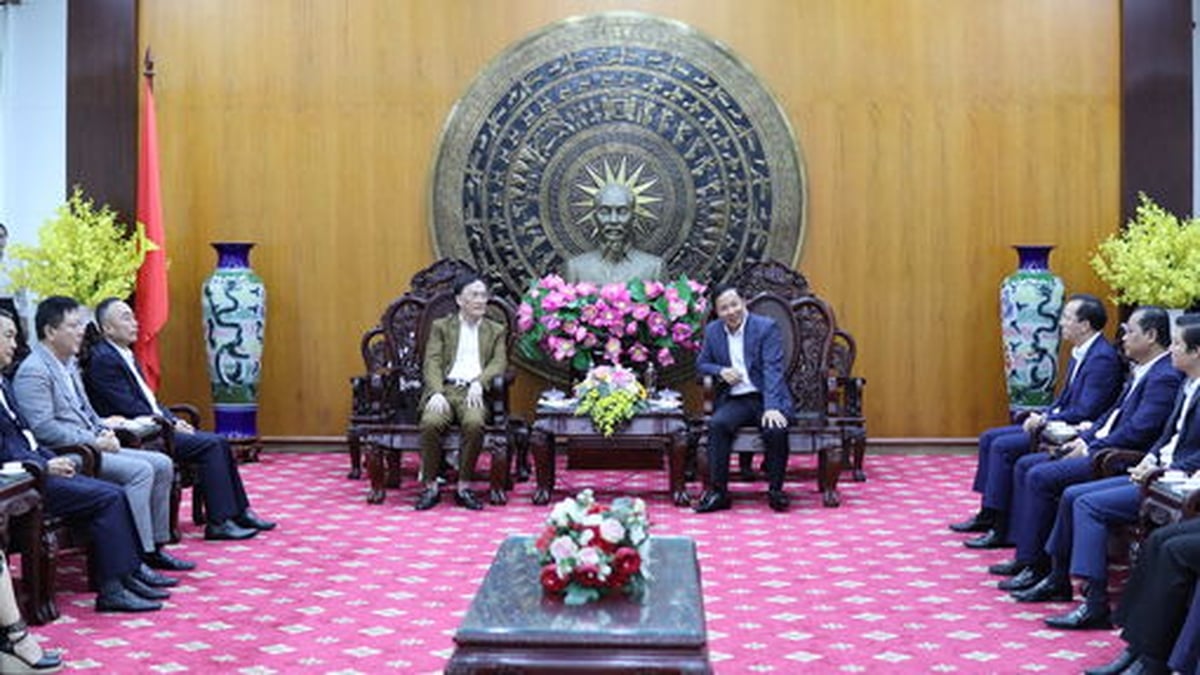
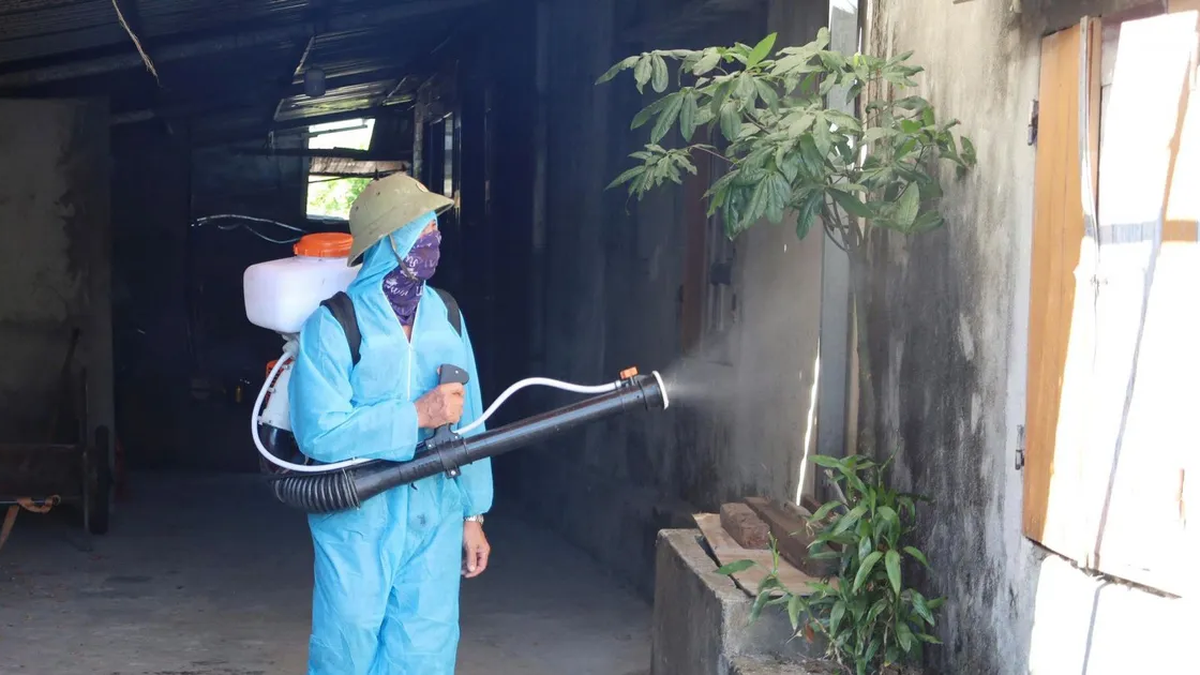
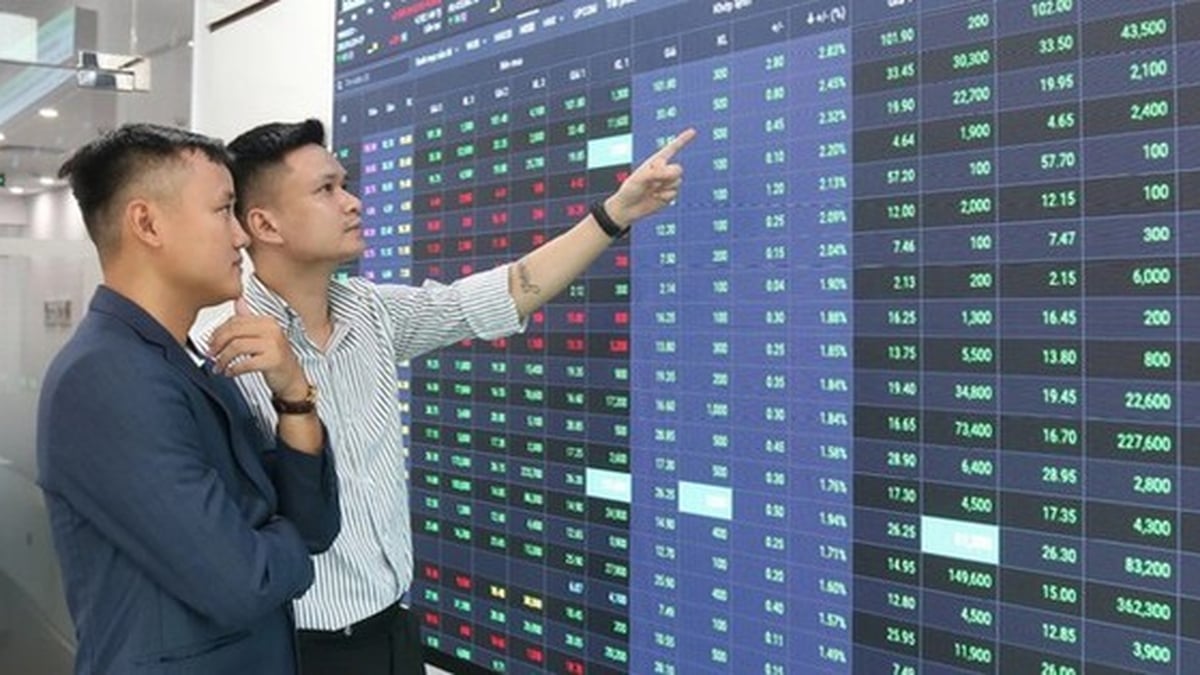
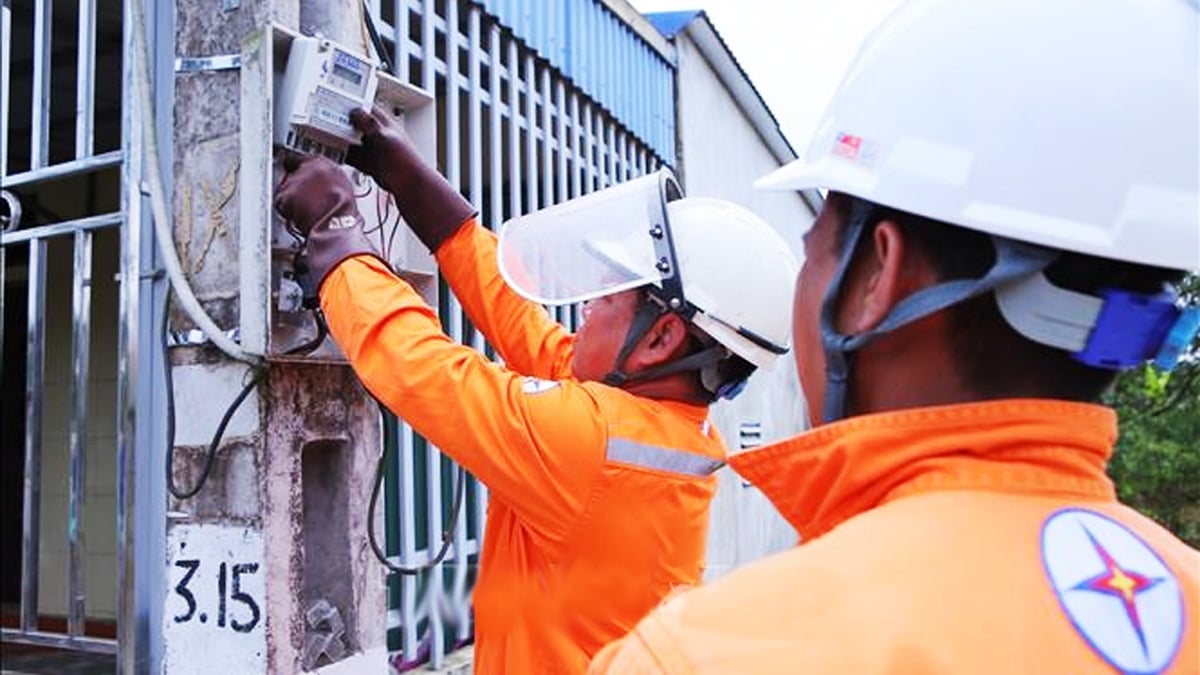


















































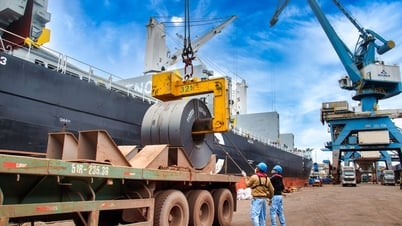
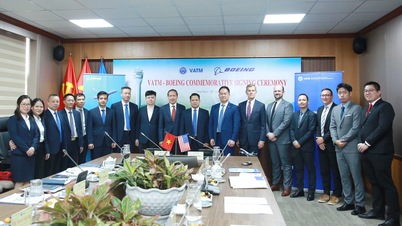




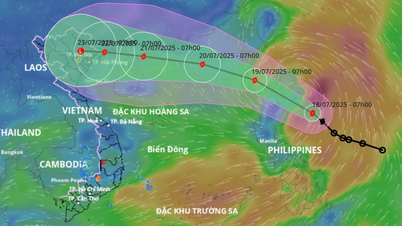



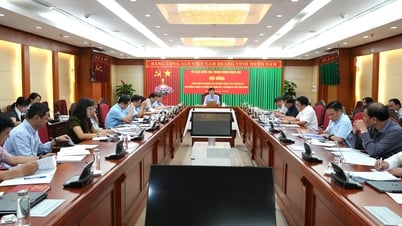



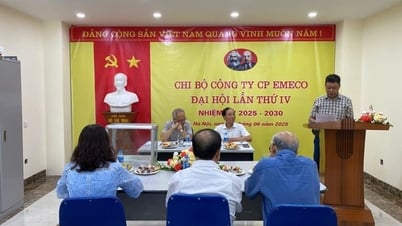

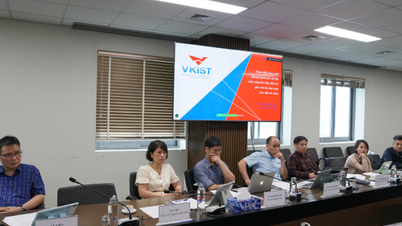
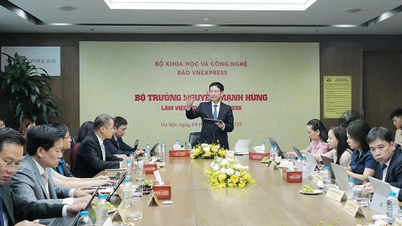
















![[Infographic] In 2025, 47 products will achieve national OCOP](https://vphoto.vietnam.vn/thumb/402x226/vietnam/resource/IMAGE/2025/7/16/5d672398b0744db3ab920e05db8e5b7d)





Comment (0)